Te Puia is a geothermal valley located in Rotorua, New Zealand. It is a UNESCO World Heritage Site and is home to a variety of geothermal features, including geysers, hot springs, and mud pools.
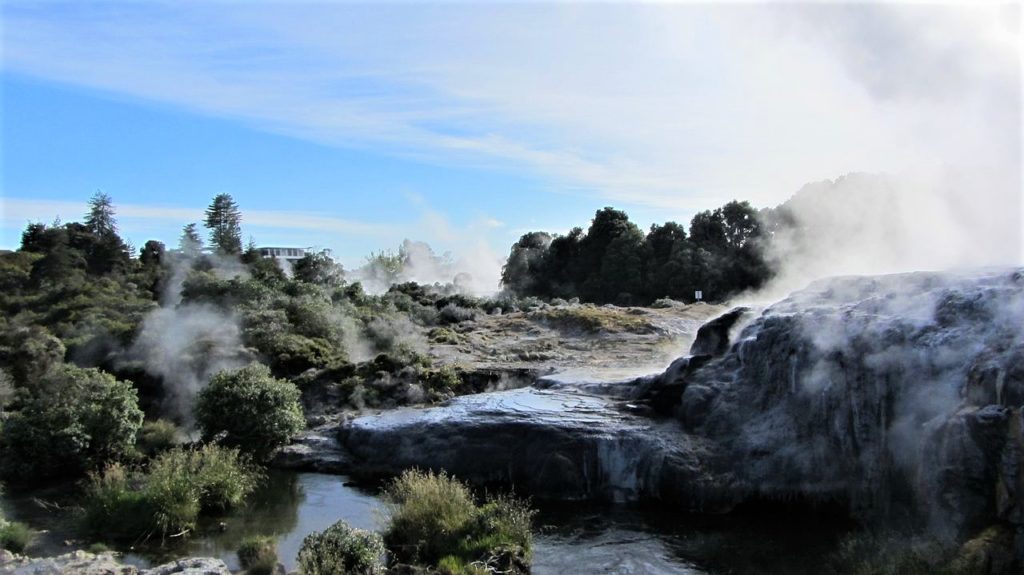
Te Puia was formed by the Taupo Volcanic Zone, a geothermally active region that stretches from Taupo in the north to Tongariro in the south. The zone is the result of the subduction of the Pacific Plate under the Australian Plate. The movement of these plates creates friction, which heats the rocks below the surface. This heat then causes water to turn to steam, which rises to the surface and creates the geothermal features found in Te Puia.
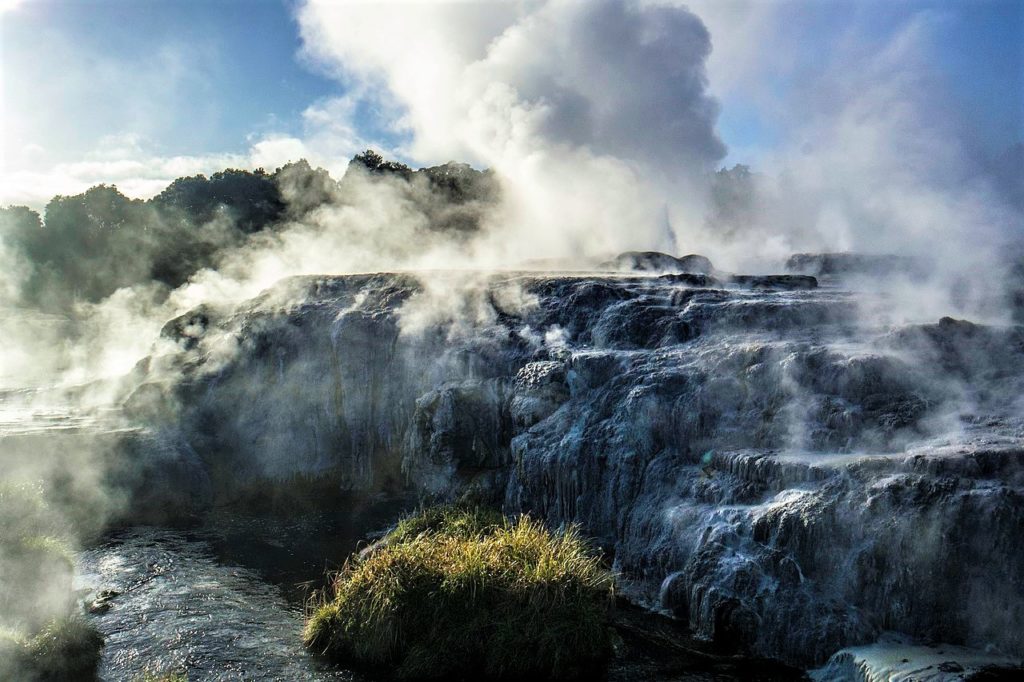
The landscape of Te Puia is a mix of geothermal features and native bush. The geothermal features are the most obvious, and include the world-famous Pōhutu geyser, which erupts up to 30 meters high. Other geothermal features in Te Puia include the Te Whakarewarewa mud pools, the Wai-O-Tapu Thermal Wonderland, and the Orakei Korako Thermal Reserve.
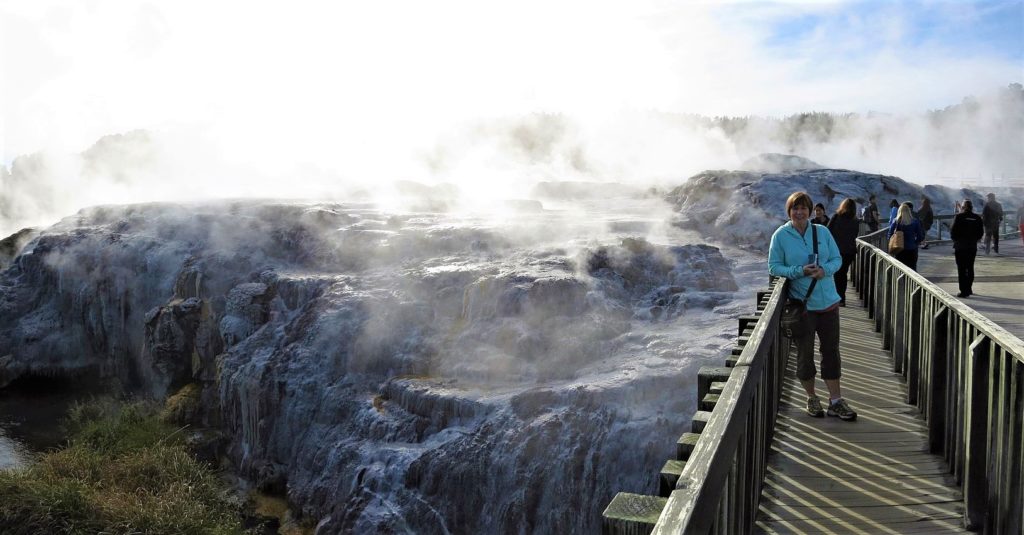
The native bush in Te Puia is a remnant of the forest that once covered much of New Zealand. The bush is home to a variety of plants and animals, including the kiwi bird.
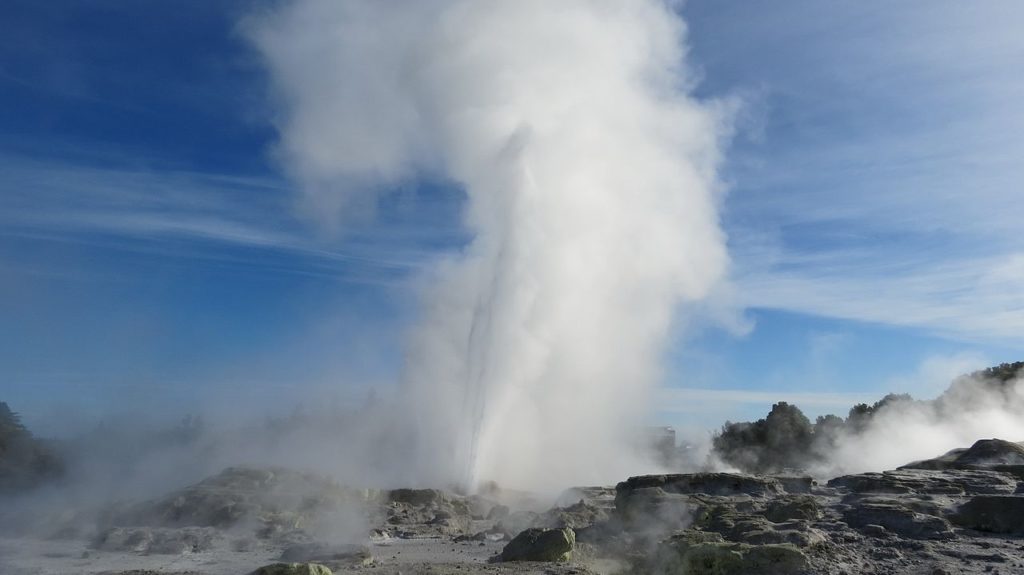
Te Puia is a sacred place for Māori people. According to Māori legend, the area was created by the goddesses of fire, Te Pupu and Te Hoata. The goddesses emerged from the earth’s core and inhaled and exhaled, creating the geysers, hot springs, and mud pools.
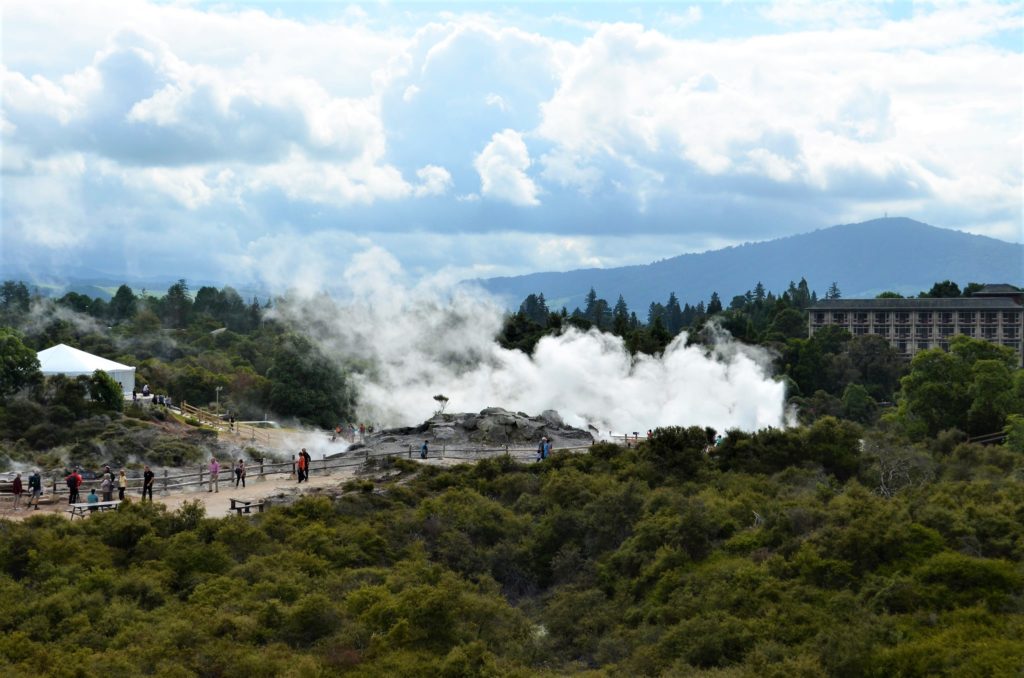
According to the Internet





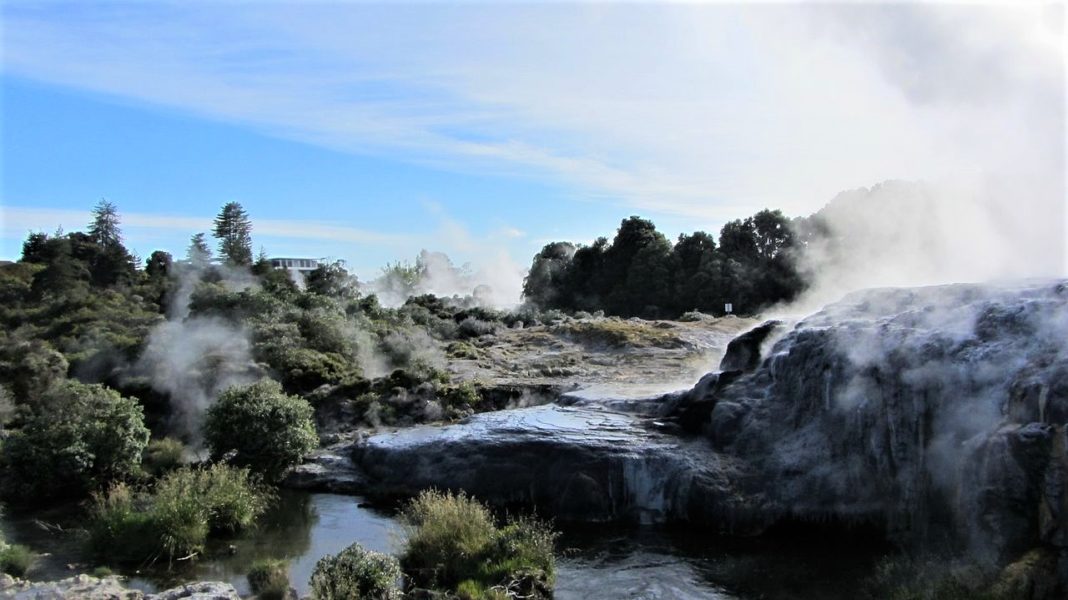



![[HONORARY PROFESSOR OF RECORD FOR PRACTICE AND EMPIRICAL RESULTS – 2024] RECORD HOLDER CHU BAO QUE (BAC GIANG PROVINCE, VIETNAM)](https://worldmark.world/wp-content/uploads/2024/05/z5401509010514_2898fa0bcee3af78744ceb5f3984a5c8-218x150.jpg)





